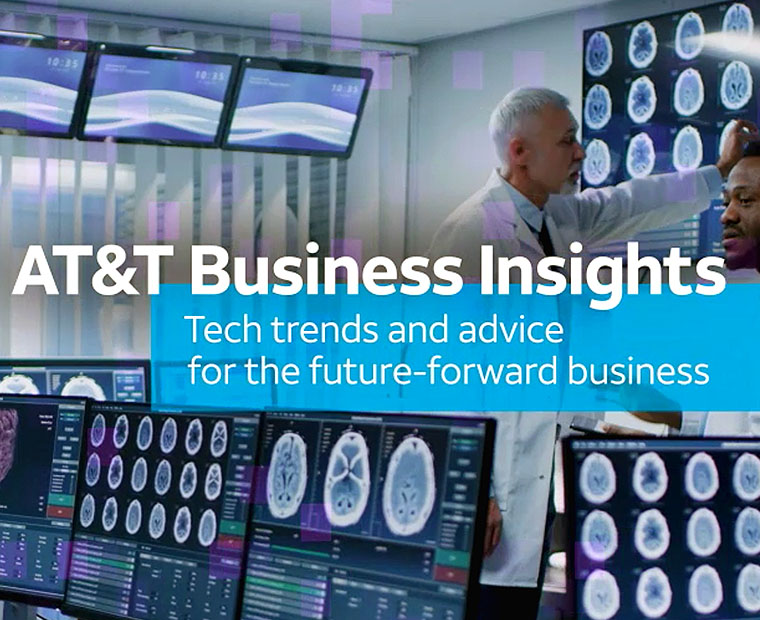
Featuring: Small business
AI for small business: How to get started
by: Dean Gavindane, AI Editor, AT&T
9 min read
AI for small business is helping countless companies realize their full potential. Learn the benefits, challenges, and the important role your core network plays.
9 min read

In this Article
- Key benefits of AI for small businesses
- Best practices for implementing AI in small businesses
- The future of AI in small business
- The role of your core network in AI

Latest articles
Search Result:

Read what AT&T Office At Hand and other unified communications as a service can do for your future-ready business.

Many organizations still use outdated systems that slow down productivity, increase security risks, and limit growth. It’s time for network modernization.

Learn the basics of voice over IP (VOIP) technology that enables you to make phone calls anytime, anywhere using an internet connected computer and a headset.
Filter By
INDUSTRY
- All industries...
PRODUCT CATEGORY
- All products...
TYPE
Never miss an update on the latest tech trends for business
Subscribe today!
By submitting your email address, you agree to receive future emails from AT&T and its family of companies.
We’ll email you offers and promotions about AT&T products and services.
By submitting your email address, you agree to receive future emails from AT&T and its family of companies.
We’ll email you offers and promotions about AT&T products and services.
- Terms of use
- Your privacy center
- Accessibility
- Your Privacy Choices
- Health Privacy Notice
- Cyber Security
© AT&T Intellectual Property. All rights reserved. AT&T, the AT&T logo and all other AT&T marks contained herein are trademarks of AT&T intellectual property and/or AT&T affiliated companies. All other marks are the property of their respective owners.